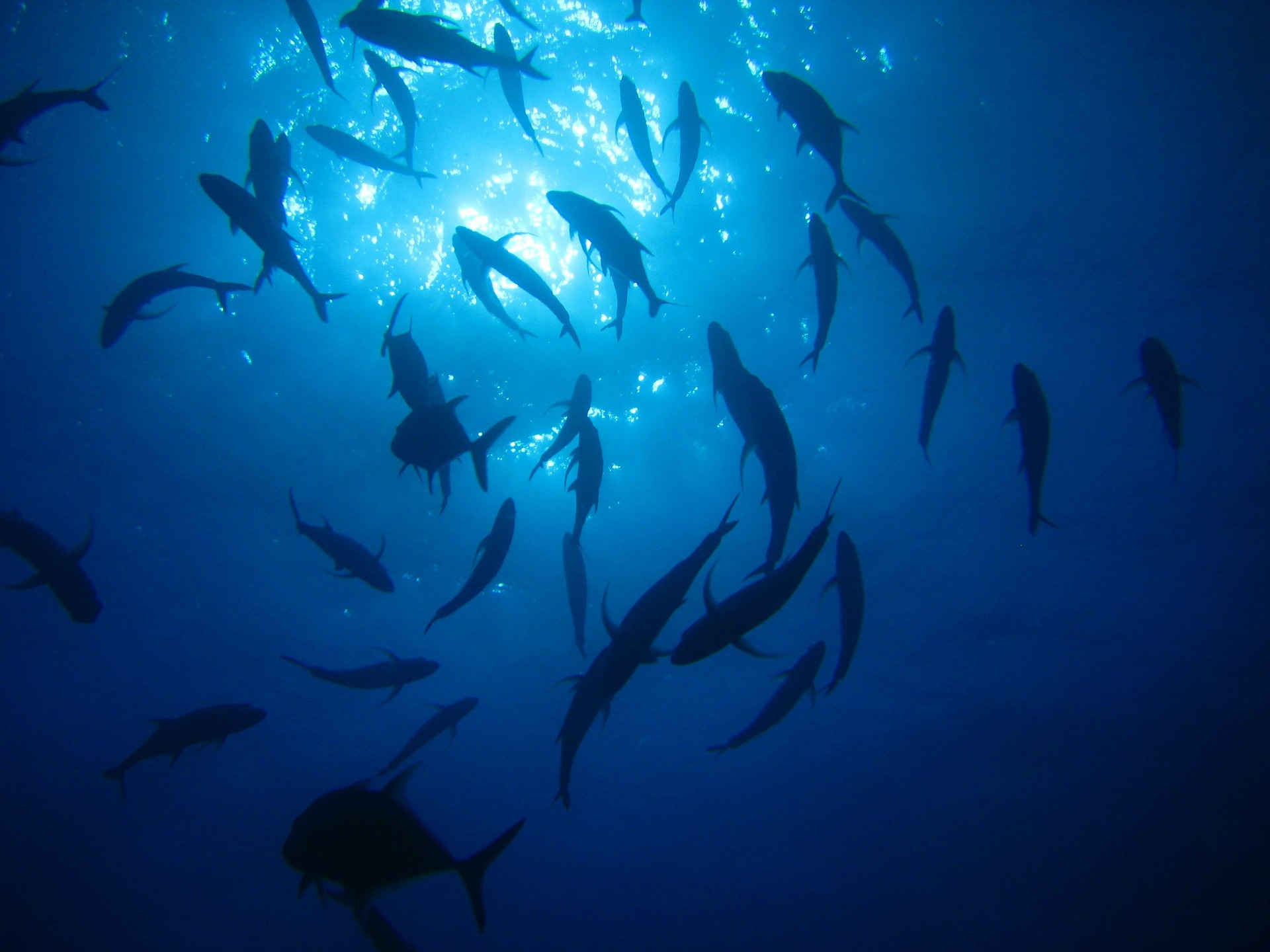News release
From:
*Recording now available - see link below*
Mercury contamination plagues many areas of the world, affecting both food and water supplies, and now researchers at Flinders University have successfully created a new material made of industrial waste and unwanted orange peel that can literally suck mercury out of water. The plastic-like substance is made entirely from sulfur and limonene, industrial waste products that are widely available and lying unused around the world. In the petroleum industry alone there are more than 70 million tonnes of sulfur produced each year, while the citrus industry produces 70 thousand tonnes of limonene, found mainly in orange peel. The new material, known as a sulfur-limonene polysulfide, bonds to mercury and changes colour, making it helpful in removing the toxic pollutant, and as a mercury sensor.
Mercury pollution occurs as a consequence of a number of industrial activities, including mining and the burning of fossil fuels, and mercury levels in the ocean have tripled since the beginning of the Industrial Revolution. Mercury contaminates seafood and fish, often salmon, entering the human food chain where it has been linked to health problems and lower IQ in children. Mercury also compromises the reproductive health of birds and fish. The researchers say that, because the sulfur-limonene polysulfide is not toxic and is very cheap, they hope to use it in large-scale environmental clean-up efforts. Listen in to our online media briefing, where lead researcher Dr Justin Chalker takes us through the project’s findings, which will be published in the journal Angewandte Chemie International Edition.
SPEAKERS:
- Dr Justin Chalker is a lecturer in synthetic chemistry and an ARC DECRA Fellow in the School of Chemical and Physical Sciences at Flinders University, Adelaide
DATE: Monday 19 October 2015
START TIME: 10.30 ACDT
(Adelaide time) / 11am AEDT
DURATION: 20 mins
VENUE: Online
Date issued: 16 October 2015 AEDT = Australian Eastern Daylight Time
NB: The AusSMC generally runs two
different types of media briefings:
NEWS BRIEFINGS – Where new research or data will be released as part of the
briefing
BACKGROUND BRIEFINGS – Where experts discuss an issue which is in the news or
an issue we consider newsworthy, but no new research or data is being
released
--------
Media release - Flinders University
New material set to lay waste to mercury pollution
A brand new, dirt cheap, non-toxic polymer that literally sucks mercury out of water and soil is set to become a game changer in the battle against one of the world’s most reviled pollutants.
The dark red material, developed by Flinders University’s Dr Justin Chalker, is made from the industrial waste products sulphur and limonene and turns bright yellow when it absorbs mercury.
Dr Chalker says the new polymer is cheap to produce due to the global abundance of waste sulphur and limonene. That makes it affordable for use in large-scale environmental clean-ups, to coat water pipes carrying domestic and waste water, and even in removing mercury from large bodies of water.
This has significant implications for human health and wellbeing as mercury exposure – whether through the skin or through ingestion, such as eating contaminated fish, is proven to damage the central nervous system and is particularly dangerous to pregnant women and children.
“Mercury contamination plagues many areas of the world, affecting both food and water supplies and creating a serious need for an efficient and cost effective method to trap this mercury,” says Dr Chalker.
“Until now, there has been no such method, but the new sulphur-limonene polysulfide addresses this urgent need.
“More than 70 million tonnes of sulphur is produced each year by the petroleum industry, so there are literally mountains of it lying, unused, around the globe, while more than 70 thousand tons of limonene is produced each year by the citrus industry (limonene is found mainly in orange peels).
“So not only is this new polymer good for solving the problem of mercury pollution, but it also has the added environmental bonus of putting this waste material to good use while converting them into a form that is much easier to store so that once the material is ‘full’ it can easily be removed and replaced.”
Another bonus that comes with Dr Chalker’s polymer is that it has been found to remove toxic metals from water – and even in small amounts can be used as a mercury detector in areas where pollution is suspected because of the chemical reaction which causes it to turn yellow.
Dr Chalker’s research will be published in an open-access article in the journal Angewandte Chemie International Edition (DOI: 10.1002/anie.201508708), where it was selected as a Hot Paper by the Editors. Angewandte Chemie International Edition is one of the highest profile journals in chemistry research.
More information on Mercury pollution:
Mercury pollution occurs as a consequence of a number of industrial activities, including mining and the burning of fossil fuels, and mercury levels in the ocean have tripled since the beginning of the Industrial Revolution. Mercury contaminates fish and seafood, entering the human food chain where it has been linked to health problems, and lower IQ in children. Mercury also compromises the reproductive health of birds and fish.
More information about the researchers and project:
Dr Justin Chalker, a Lecturer in Synthetic Chemistry at Flinders University, led the research. Key contributions were made by Flinders University honours student Max Worthington and by several members of the Centre for NanoScale Science and Technology at Flinders. The project also featured contributions from The University of Tulsa, the Institute of Molecular Medicine at the University of Lisbon, and the University of Cambridge. A commercialization partnership is moving forward with Flinders Partners and The University of Tulsa.



 Australia; SA
Australia; SA



